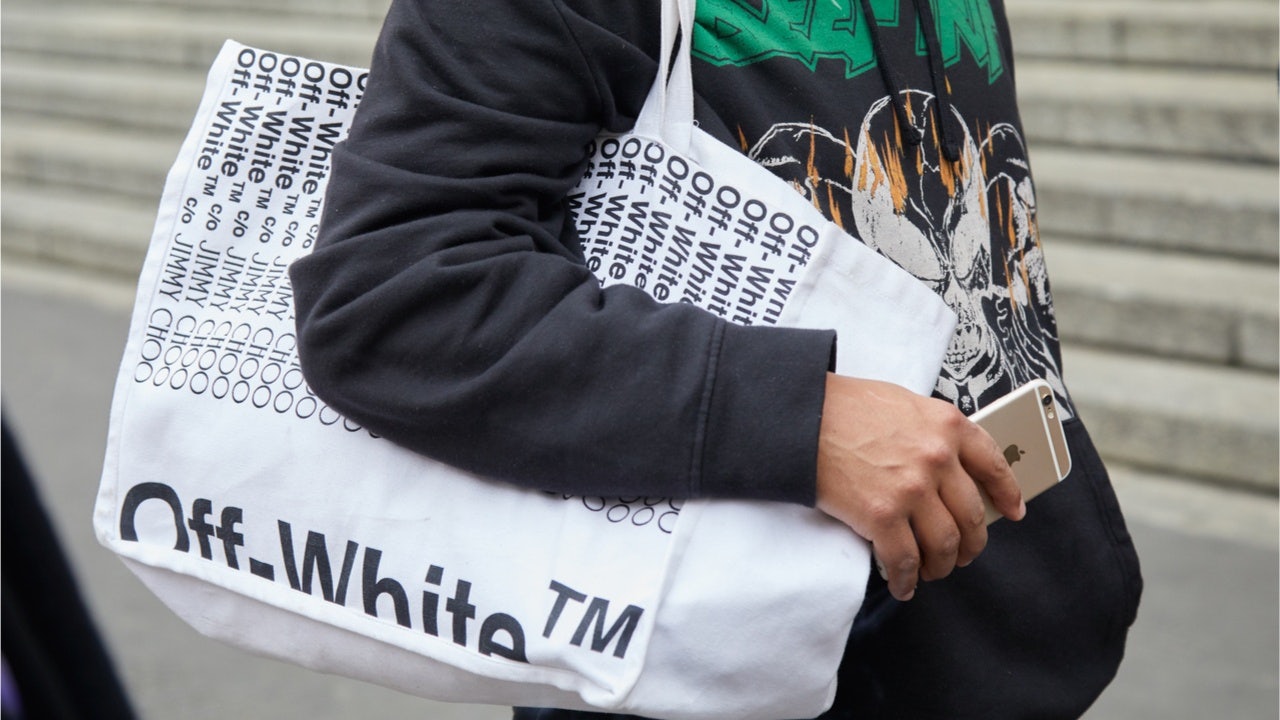Hoodies, tracksuits, T-shirts, and sweatpants aren't garments that traditional luxury buyers used to associate with the wealthy, privileged class. But for a new generation of consumers, streetwear — a fad that originated in Harlem in the 1980s — has become a full-fledged segment of the luxury industry — and for this eager segment, it has come to symbolize luxury itself.
But, according to surveys conducted by Strategyamp; and HYPEBEAST, streetwear buyers are young and “not all that wealthy.” In fact, the research highlighted that over 60 percent of respondents were under 25, and about 70 percent reported having an annual income of 40,000 or less: not your traditional luxury demographic.
However, the meteoric rise of streetwear — and with it, an idea of accessible luxury or a "democratization" of luxury — has instead pushed the truly affluent class toward stealth wealth. Meanwhile, less privileged demographics have massively increased purchasing within this new definition of luxury.
“The wealthy crave security, the rich crave luxury, and the poor crave image,” says Mia Gradelski, a personal finance enthusiast and blogger. “So if the rich drive Hondas and wear Gap, where are the gullible consumers boosting sales for the luxury market? You named it: the poor.” Think of it this way, if streetwear is not meant for the affluent class, who is the target audience?
Streetwear was not meant for the affluent class. Therefore, will it be able to find a long-term target audience?
Tear down the wall#
If generations Y and Z will represent 55 percent of the global luxury market by 2025, what will happen to the market's remaining 45 percent? Do they not carry any weight for luxury brands? Sure enough, as teens and young adults grow up, they will assume dramatic style and personality changes, most likely embracing the style preferences of their peers. What happens when the next generation of consumers come with their own style codes and cultural references? The Boomers had Rock N’ Roll, Gen X had “grunge” (ripped jeans and flannels), and today’s teens are all about streetwear culture.
Most heritage luxury brands navigated this complex reality while only taking style notes from each trend. Essentially, Armani and Valentino persisted despite the wind of change. Chanel, meanwhile, remained the quintessence of elegance and bespoke luxury, although Karl brought his magic touch to the brand. And as a result, most luxury brands did not lose their essence and aura of exclusivity. Today, however, as more and more luxury brands fully embrace the streetwear concept, they could bring down the entire luxury empire if they are not careful.
Low cost, high margins — for now#
To date, the streetwear closet — cotton hoodies, dull T-shirts, and tracksuits — are not known for their high-quality fabrics, craftsmanship, or distinctive designs. In fact, it is the ease and low cost of manufacturing it that has grown streetwear's popularity. However, “the price points are astronomical,” said Mick Batyske, a DJ and streetwear influencer, to Digiday. “But when you buy luxury streetwear, you’re not paying for the most handcrafted, highest quality piece; you’re buying into a subculture.”
And this is key. As mentioned earlier, different generations sow the seeds of their distinct subcultures. But merely relying on the idea of community to sell luxury is a miscalculation. Currently, luxury brands like Louis Vuitton and Balenciaga have made contemporary streetwear the cornerstone of their collections (and it is paying off handsomely). Their strategy primarily attracts a community of sporty, urban teens who can afford entry-level luxury items. But will this “all-in strategy” displace the needs of the traditional luxury segments that have higher spending power?
Unintended consequences#
This one-sided growth strategy could have the unwanted effect of killing off various iconic brands while strengthening the position of artisanal brands — for both premium and fast-fashion brands. While a host of luxury labels dilute their heritage by bringing down the quality of their products and losing their luster, leading fast-fashion companies are becoming more sophisticated, ethical, and exclusive. Inditex launched Massimo Dutti and ZARA Atelier; the Hamp;M Group has Cos, and Fast Retailing improved the offerings of Helmut Lang.
But then there’s the UHNWI class, which will focus more exclusively on iconic designs like Loro Piana’s luxurious vicuña wool coats, Brunello Cucinelli's knitwear, Proenza Schouler's dresses, and the Hermès' iconic Birkin bags. Meanwhile, the masses of streetwear-loving teens will grow up and move on from their streetwear personas. But where are they going to go? And how are they going to pay for their next step in luxury?
Not so long ago, even the undisputed king of streetwear, the late Virgil Abloh, noted that the streetwear trend will eventually end in an interview withDazed. “Like, its time will be up,” said Abloh. “In my mind, how many more t-shirts can we own, how many more hoodies, how many sneakers? I think that like we’re gonna hit this like, really awesome state of expressing your knowledge and personal style with vintage — there are so many cool clothes that are in vintage shops, and it’s just about wearing them.”
Which ultimately leads to the question: What’s next? And, perhaps more importantly, which brand can profit from it?
This op-ed article reflects only the views of the author and does not necessarily represent the views of Jing Daily.

